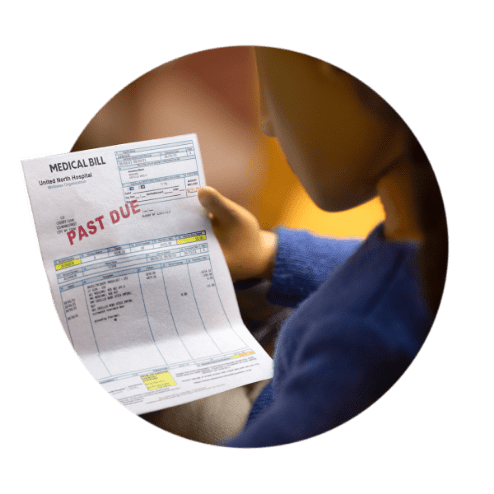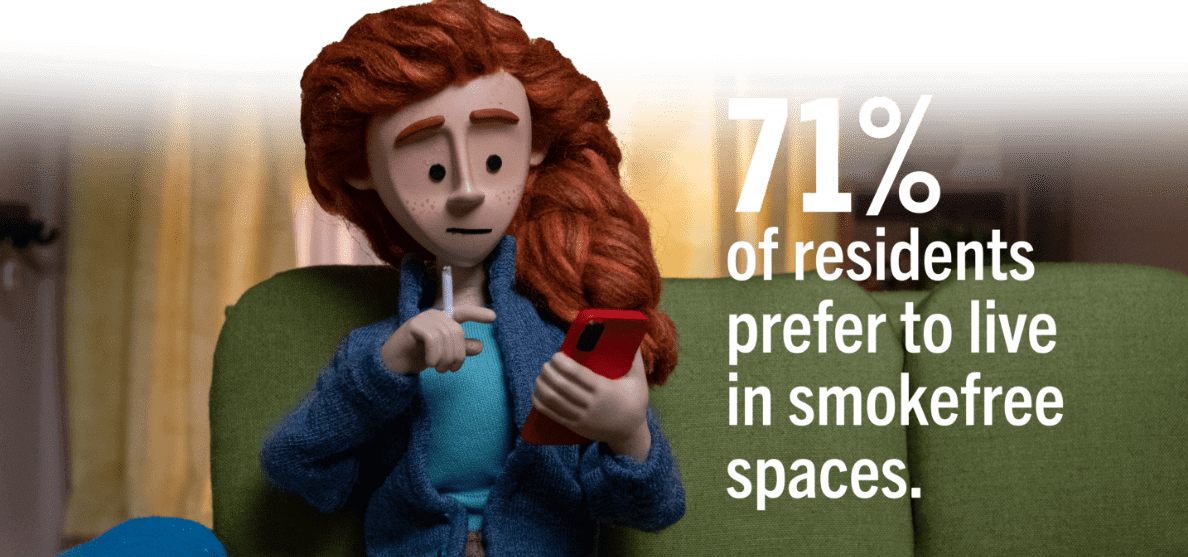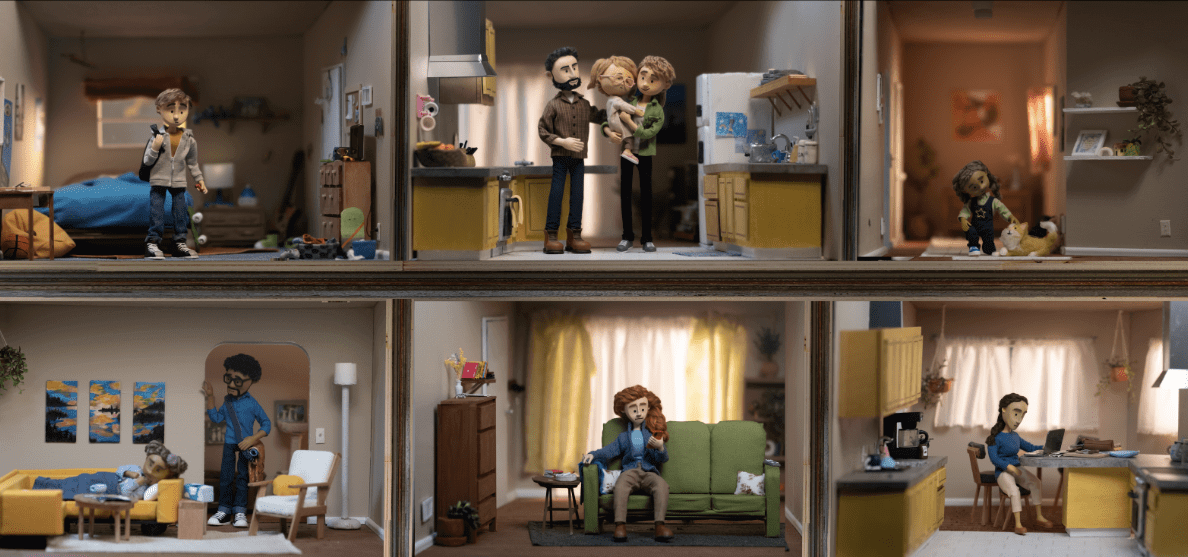
Smoke From Next Door Doesn’t Always Stay Next Door
People living in multiunit homes breathe up to 65% of the same air. Secondhand and thirdhand smoke don’t care about your address. If there is a way in, smoke will find it — and there always is.
The toxic chemicals released from one person’s cigarette enter nearby units through floorboards, cracks, gaps, jacks, outlets, windows, doors, vents and light fixtures. This means many neighbors, visitors, property owners and managers suffer the consequences — and they may not even realize it.
Keep reading to learn more about the health risks and financial burdens of secondhand and thirdhand smoke, and what you can do to help clear the air.
The Health Effects of Secondhand and Thirdhand Smoke
Exposure to secondhand and thirdhand smoke may affect each resident differently, but it’s dangerous for them all.

Dangers for Children
Secondhand and thirdhand smoke are even more harmful to children — and thirdhand smoke is especially dangerous, given that kids (and pets) are more likely to put contaminated objects in their mouths.
Exposure to either type of smoke can cause and/or worsen:
- Asthma
- Bronchitis
- Ear infections
- Lung damage
- Respiratory infections
Secondhand and thirdhand smoke exposure also increases the risk of Sudden Infant Death Syndrome (SIDS).

Risks for Adults
When adults come into contact with secondhand and/or thirdhand smoke, it increases their risk of:
- Heart disease
- Lung cancer
- Stroke
- Reduced fertility
Additional Consequences of Secondhand and Thirdhand Smoke Exposure

School and Work Absences
When at least one adult smokes inside a home or car, the children living there get sick more often and miss one more school day per year as a result. If two or more adults do, the kids miss 1.54 days, on average — and a family member may have to stay home from work or pay for additional childcare. What happens when 5+ multiunit residents smoke?

A Smoke-Filled Future
Children exposed to secondhand and thirdhand smoke at home are more likely to develop severe nicotine addictions later in life. 1,300 kids start smoking every year in Oklahoma alone.

Financial Burdens
For owners and managers, the damage caused by secondhand and thirdhand smoke can be expensive and time-consuming to address. Both types of smoke can result in costly health problems and extensive property damage. Plus, 71% of prospective renters prefer smokefree spaces!

Select the option that describes your situation most accurately:

A Property Owner’s Guide to Going Smokefree
Ready to implement a smokefree policy in your multiunit building?
Here’s where to start.
1. Survey your current residents.
This will help determine how much support you already have … and how much resistance you’ll face. If residents do not support a smokefree policy, ask them why.
2. Develop your smokefree policy.
- What’s your definition of smoking?
- Which products are included in the policy (vapes, cigars, cannabis products, hookah, etc.)?
- Where will smoking be banned?
- Will smoking be permitted in a designated area?
- Who must adhere to the policy (residents, guests, staff, etc.)?
- When will the policy go into effect?
- What are the penalties for breaking it?
- How will you enforce it?
3. Notify residents.
The American Lung Association (ALA) recommends notifying residents of a new smokefree policy at least 60–90 days before it goes into effect. Here are a few ways to do it:
- Create a flyer. Outline your reasons for going smokefree, along with a summary of the info from #2. Display it near entrances and on residents’ doors.
- Send an email. Better yet, send multiple emails. For your first email, include the flyer from above and offer to answer any questions residents may have. Then, send reminder emails as the big day approaches.
- Post smokefree signage. You can download free, printable ALA signage here and here, or request free Breathe Easy OK decals here.
4. Promote your new smokefree status.
Most people will view your new smokefree policy as a perk, not a drawback. Why not include it in the amenities section of your listings, website, social media and marketing materials?

5 Tips for Residents Who Want Smokefree Multiunit Housing
Ready to clear the air with your landlord? Here’s how to set yourself up for success.
1. Keep a dated, detailed log of smoke-related problems.
- When do you smell smoke?
- Where is it entering your unit?
- Have you experienced any health issues as a result?
2. Get clear on your goals.
- Are you hoping to get out of your lease early?
- Will you advocate for a totally (or partially) smokefree residence?
- Or are you asking for a designated smoking area that’s located far away from windows, doorways and other common areas?
3. Do your research.
- Review local laws and your current lease. If you live in public housing funded by the U.S. Department of Housing and Urban Development, smoking indoors is already illegal.
- Make a list of the dangers of secondhand smoke and why going smokefree is better for business — just in case your landlord isn’t convinced.
4. Enlist help.
- Ask for a doctor’s note outlining why smoking is harmful for your health.
- Talk with your neighbors to see if they’re willing to advocate for smokefree housing.
5. Use a friendly tone.
Give your landlord the benefit of the doubt, and start the conversation with something like:
- “Lately, I’ve been smelling smoke in my apartment. Have any other residents reported this issue? How can we address it?”
- “Are you open to enacting a smokefree policy for our building? I’m concerned for my health.”
With a little research, planning and effort, your multiunit building can be safe, smokefree … and smell-free, too. Want to see more smokefree spaces in Oklahoma? Learn more here.












